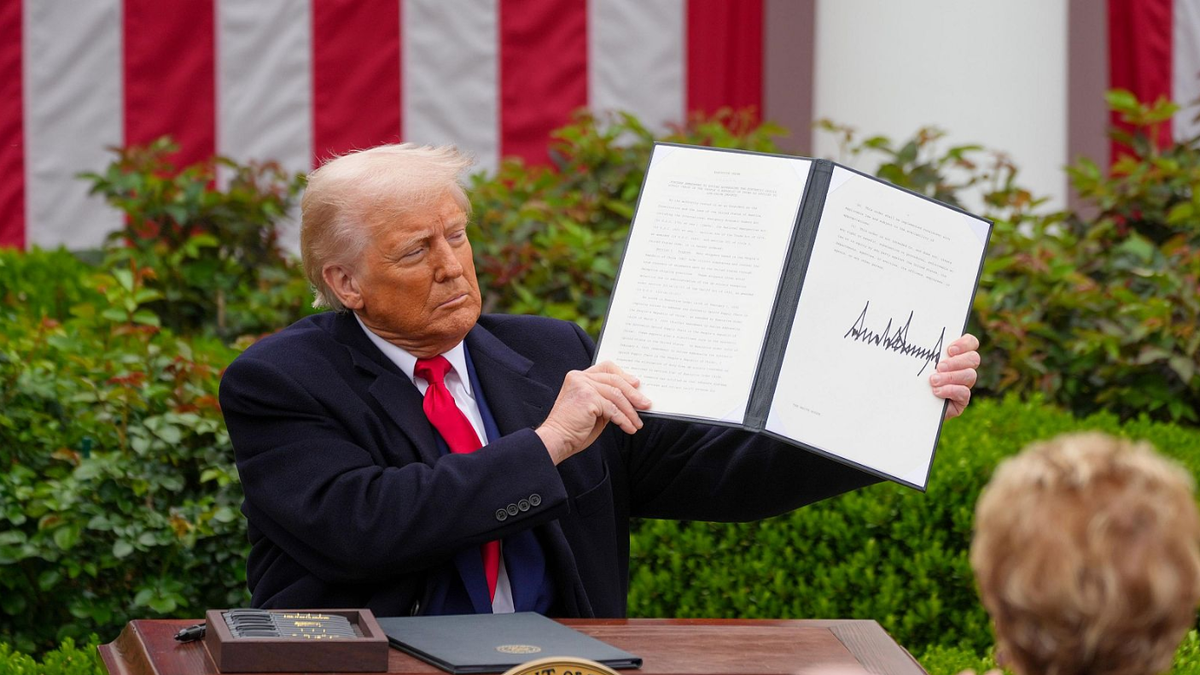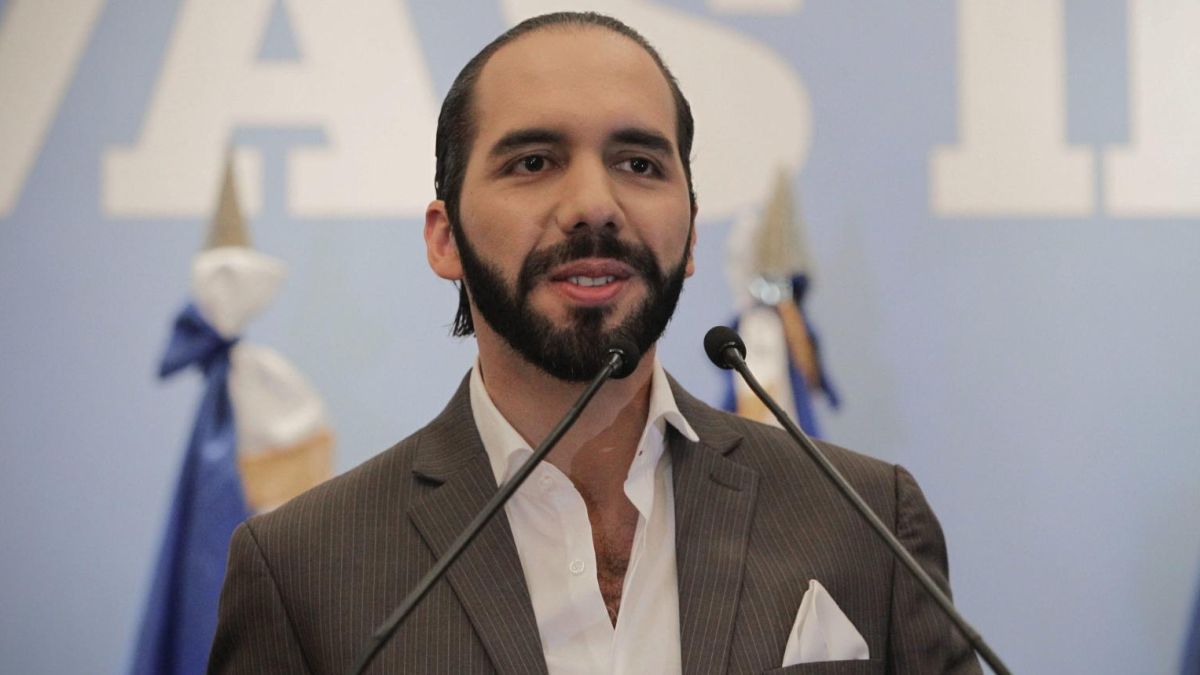On April 2, the president of the United States, Donald Trump declared the “Liberation Day”where a Tariff offensive with all countries to improve their foreign trade and internal numbers. That day he announced tariffs of up to 50%, as the case may be, and forced a negotiation with each country. Then the percentages went down, especially with those who yielded to the demands, but The cost was inevitable, even for those who declared “winners” of the new scenario.
In the last week, The US lashed out with the tariff pressure and decided to raise tariffs to countries with which it did not reach an agreement such as Canada and Laos or others where there are political differences such as Brazil. Others, such as Argentina and the United Kingdom, celebrated that “only” had 10%tariffs.
“In many ways, here all are losers,” Barry Appleton told the APPLETON agency, co -director of the International Law Center of the New York Law School. Appleton placed Trump as the only winner of this policy change, excluding his own country. “He opted that he could take other countries to the negotiating table based on threats, and he succeeded dramatically,” Appleton acknowledged.
The “winners” who also lost
The Government of Javier Milei celebrated as a success of his policy of great closeness to his couple of the United States having had “only” 10%. It was not the only one. Others also did and presented a favorable scenario for their countries in the new scenario. But The numbers can complexize a bit so much celebration.
He United Kingdom agreed tariffs of 10% about its exports to the United States. Low compared to other countries, but very high if you remember the 1.3% they had before Trump’s commercial war.
Something similar we have with the European Union and Japan. After a few months of negotiations, they accepted tariffs of the 15%after starting with a 30% for the EU and 25% for the Asian country. Before the commercial war was one digit.
Other examples are those of Angola and Taiwan. The African country managed to drop to 15%, after having suffered 32%. An achievement, many would say. A setback if compared to the 1.5% paid in 2022. Trump reduced the 20% Taiwan tariff with respect to April 32%, but, without a doubt, it will generate serious consequences.
And the United States?
“The American consumer is one of the great losers,” Said Alan Wolff, former United States commercial official and deputy director of the World Trade Organization. The reasons are that A large number of the products they buy in the great power of the north are imported.
“The shoes, the backpacks … Your appliances are going to climb. Your TV and your electronics are going to climb. Your video game devices, your consoles will upload because none of them are manufactured in the United States”, Said Barry Appleton, co -director of the International Law Center of the New York Law School.
Over time it will be seen if Trump’s trade war generates more well -being for American society o It will be harmed by price increase due to tariffs, accelerating incipient inflation.
Source: Ambito




